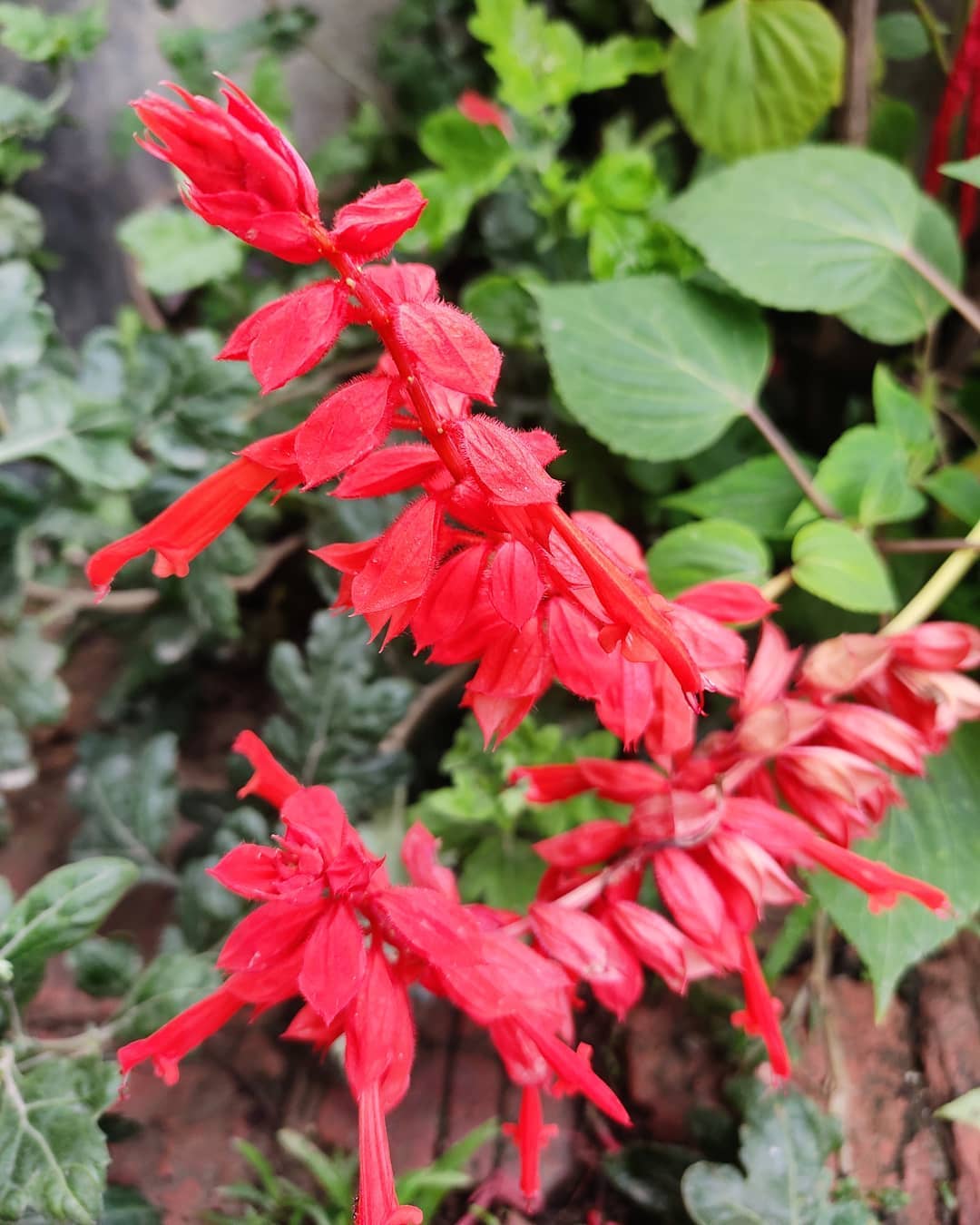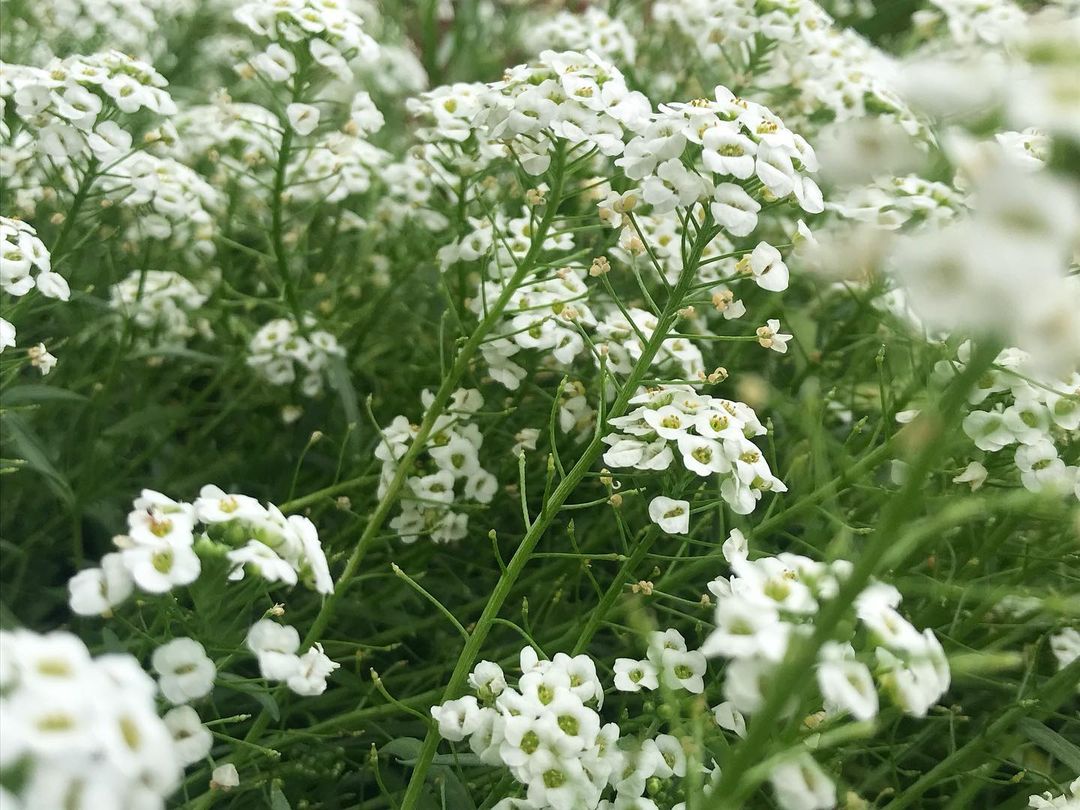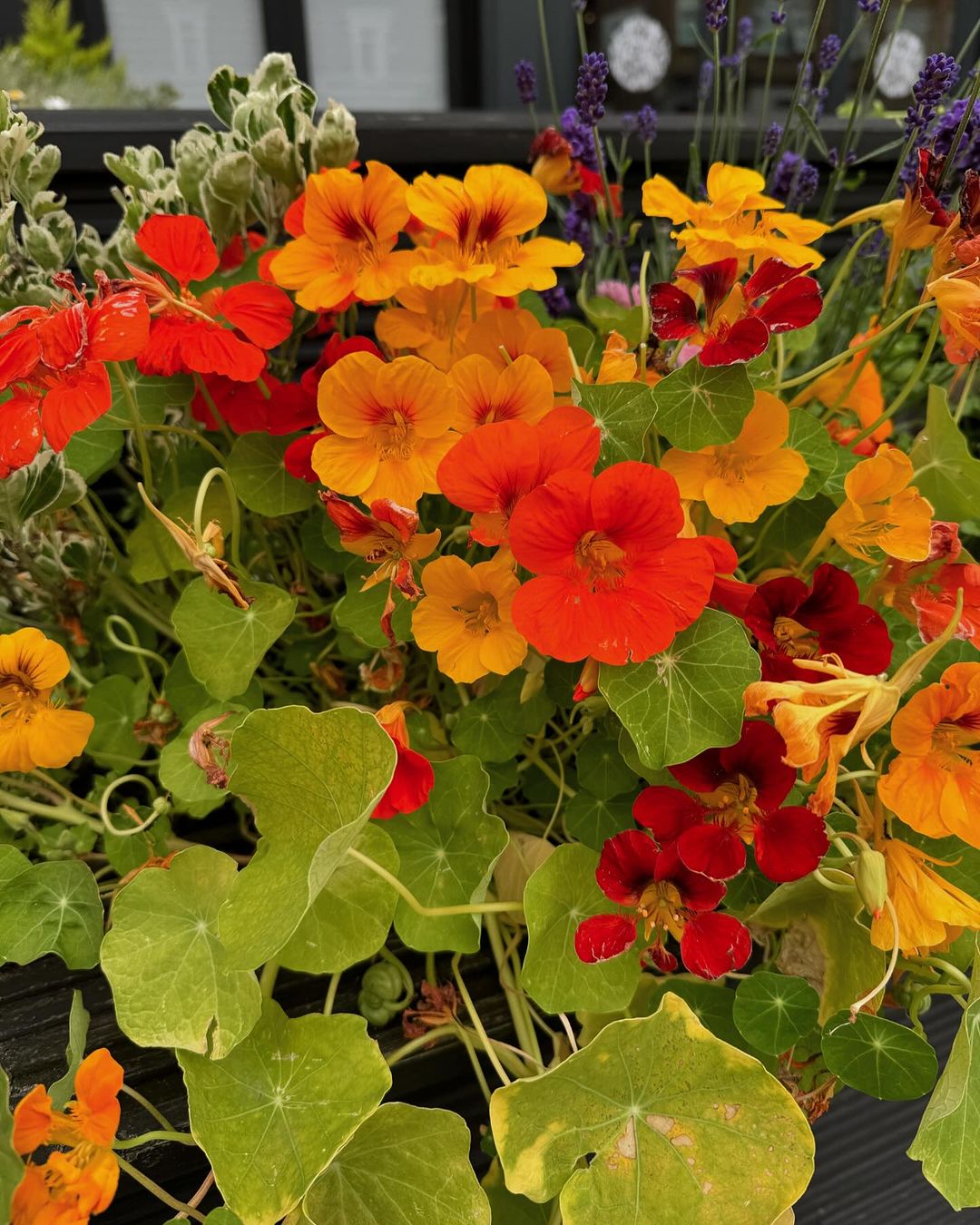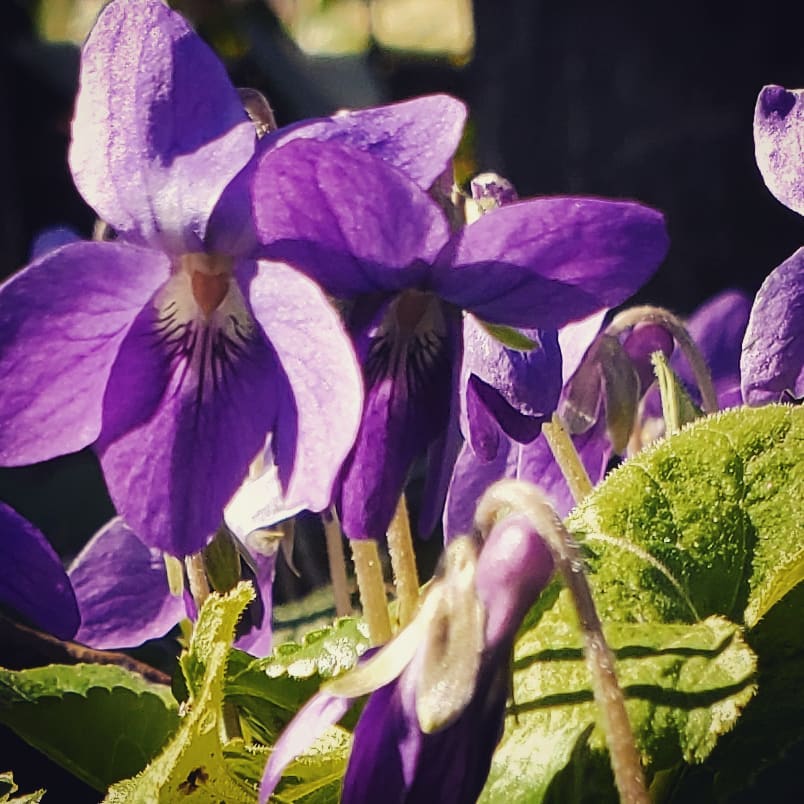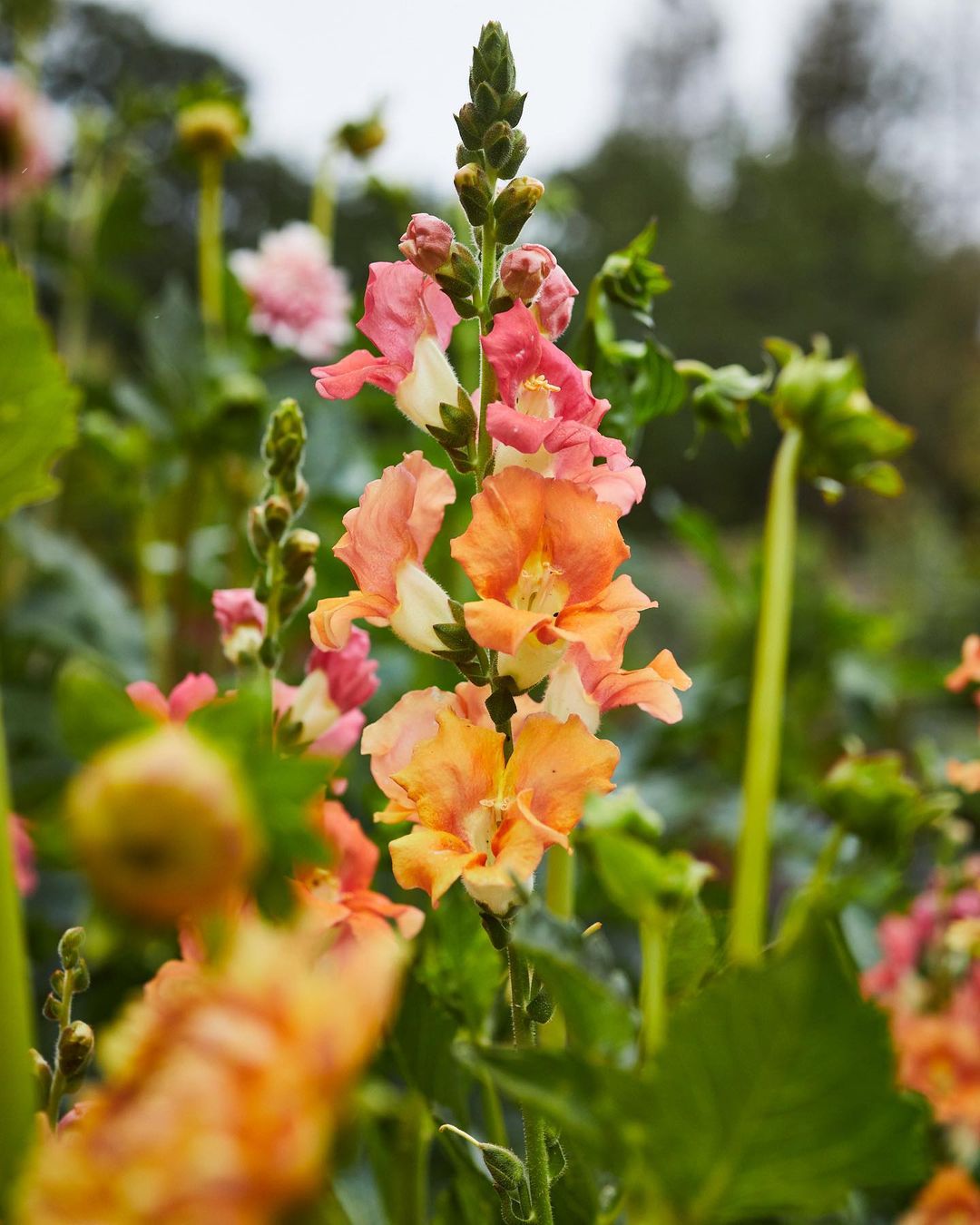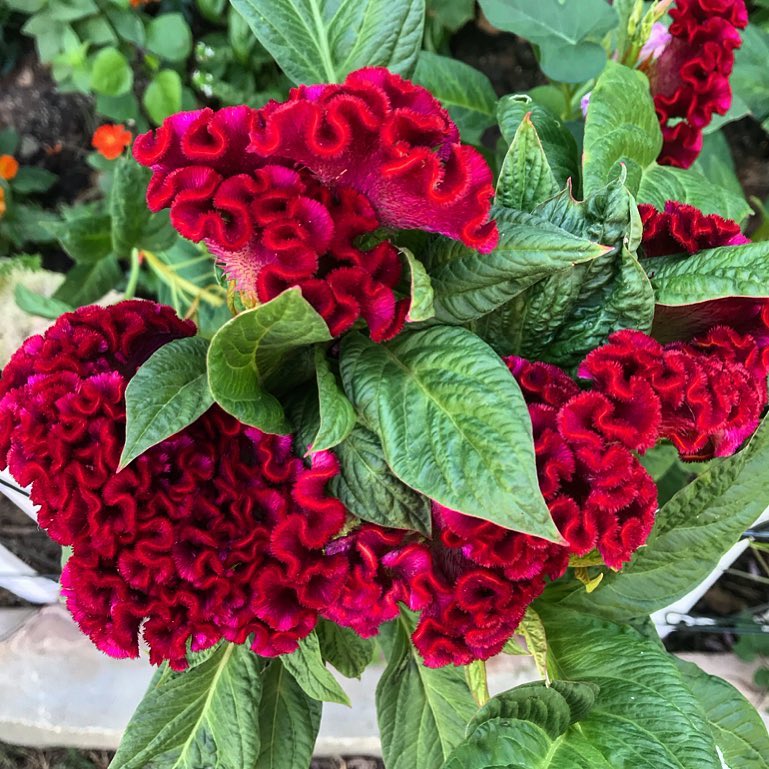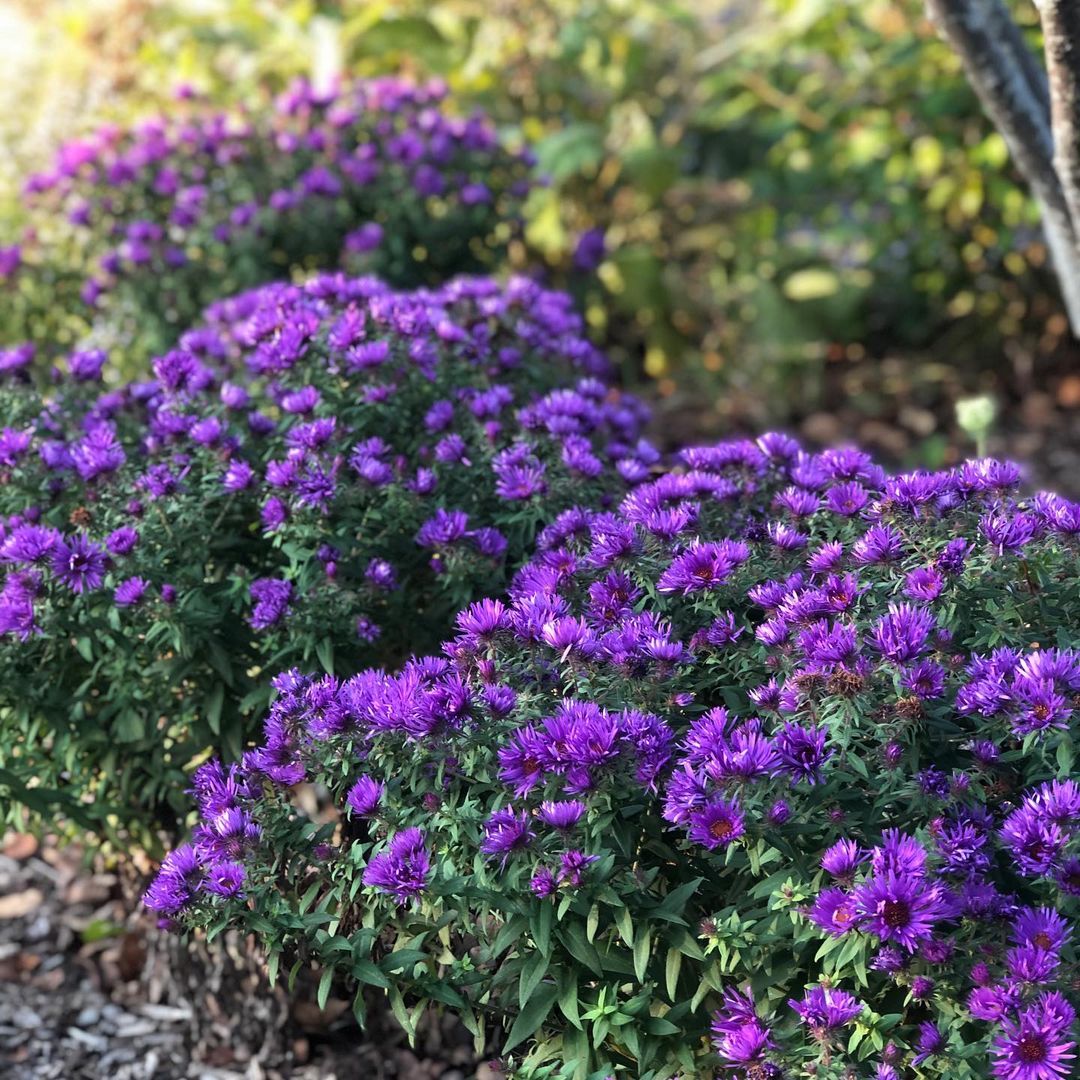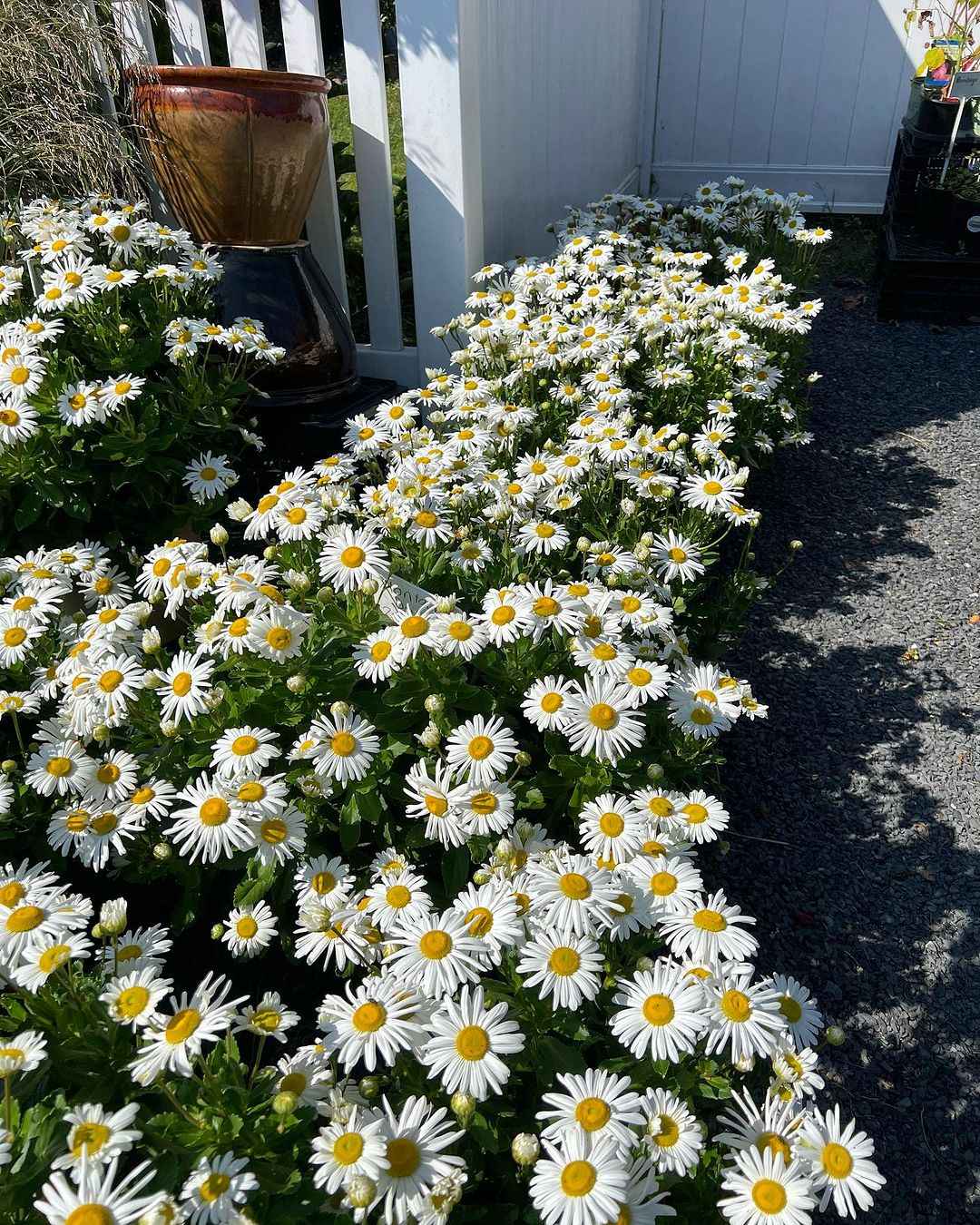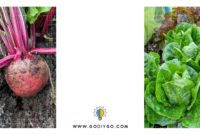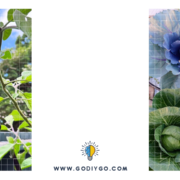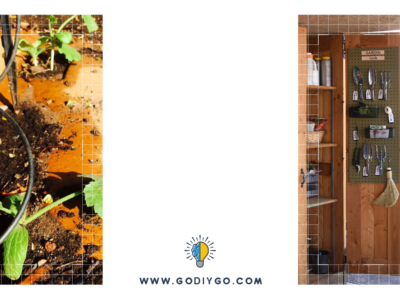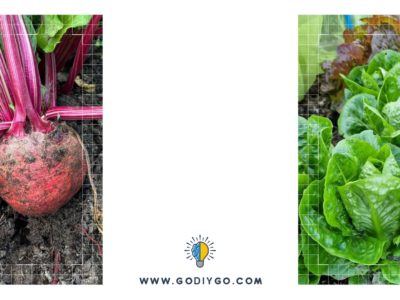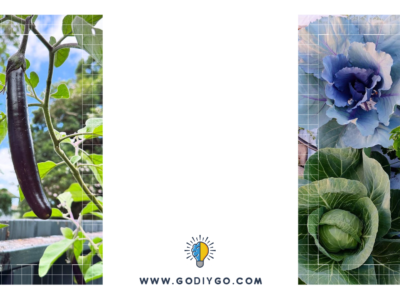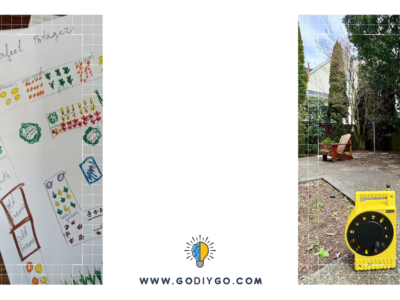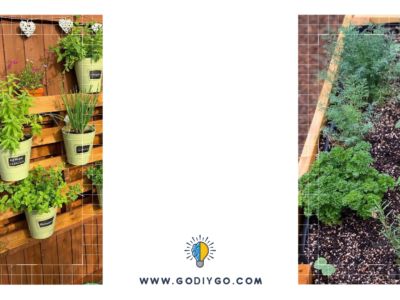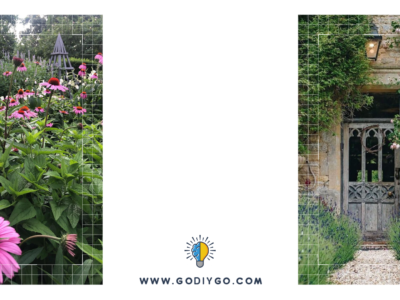When summer blooms start to fade and the weather cools, fall flowers are a vibrant way to keep your garden lively. While colorful fall foliage on trees is a classic autumn sight, adding hardy annuals, perennials, and flowering shrubs can give your garden that extra pop. Fall flowers offer a variety of colors, shapes, and sizes, making them perfect for any garden style. And if you love container gardening, there are plenty of fall flowers you can grow in pots on your front porch. By choosing the right flowers, you can enjoy blooms throughout the fall until winter’s first frost.

Mums, sunflowers, hydrangeas, dahlias, violas, and black-eyed Susans are some of the most popular fall flowers, but there are plenty of other options to explore. Here’s a list of 10 fall flowers that will keep your garden vibrant well into autumn.
1. Mums (Chrysanthemum spp.)
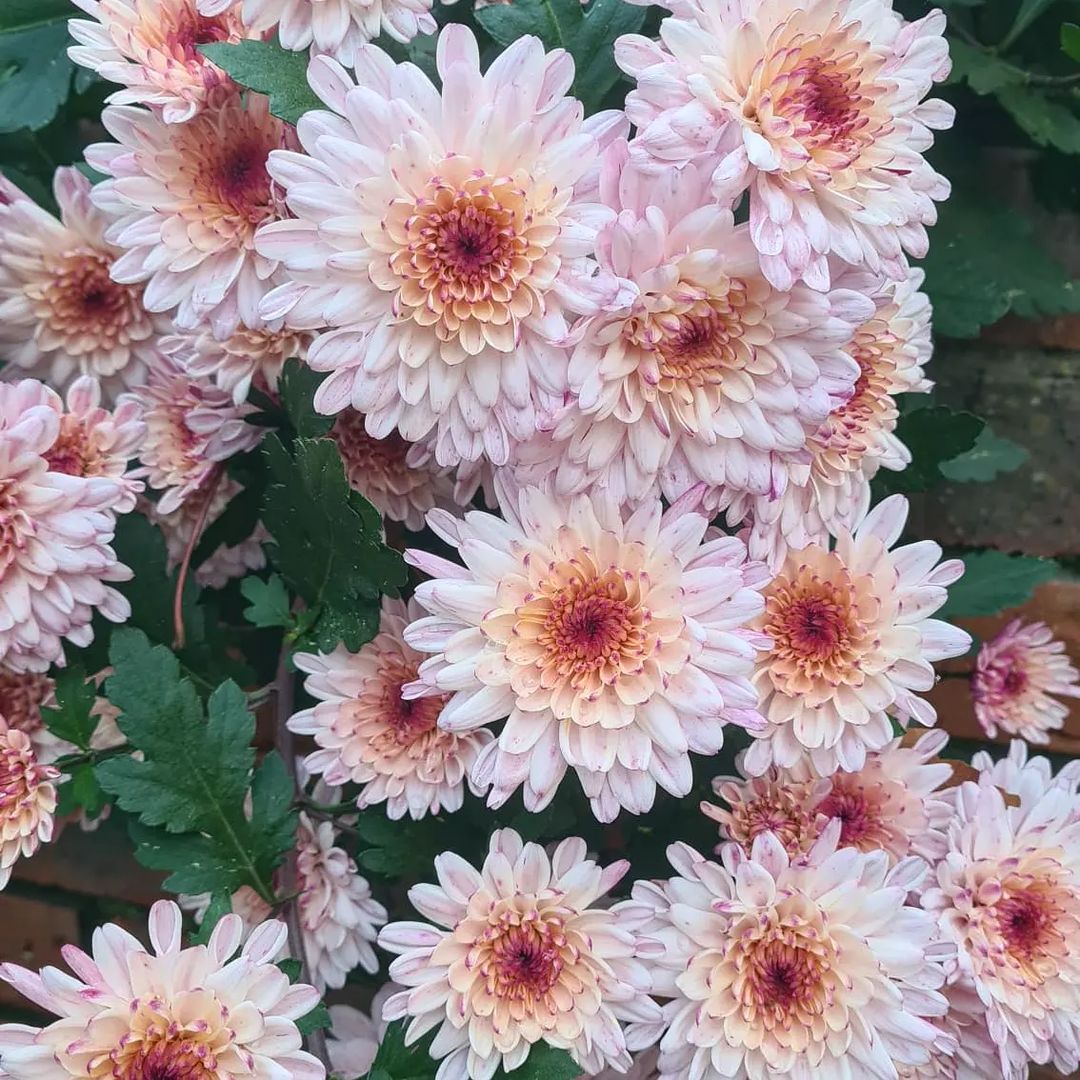
When choosing mums, pick ones that aren’t fully bloomed yet. This helps them settle in better and handle the move with less stress. Magnificent mums from @ naomisladegardening
Chrysanthemums, or mums, are the perfect flowers for fall. They start blooming in September and keep going until the frost hits. Mums come in many colors and shapes, from bright yellows and oranges to soft whites and purples, so you can find the right fit for your garden.
Keep the soil moist but not soggy, as too much water can hurt their roots. Mums need plenty of sunlight to bloom well, and they prefer rich, well-drained soil. They’re hardy in USDA Zones 5 to 9, making them a great choice for various climates. With proper care, they’ll brighten up your garden from late summer through mid-fall.
2. Pot Marigold (Calendula officinalis)
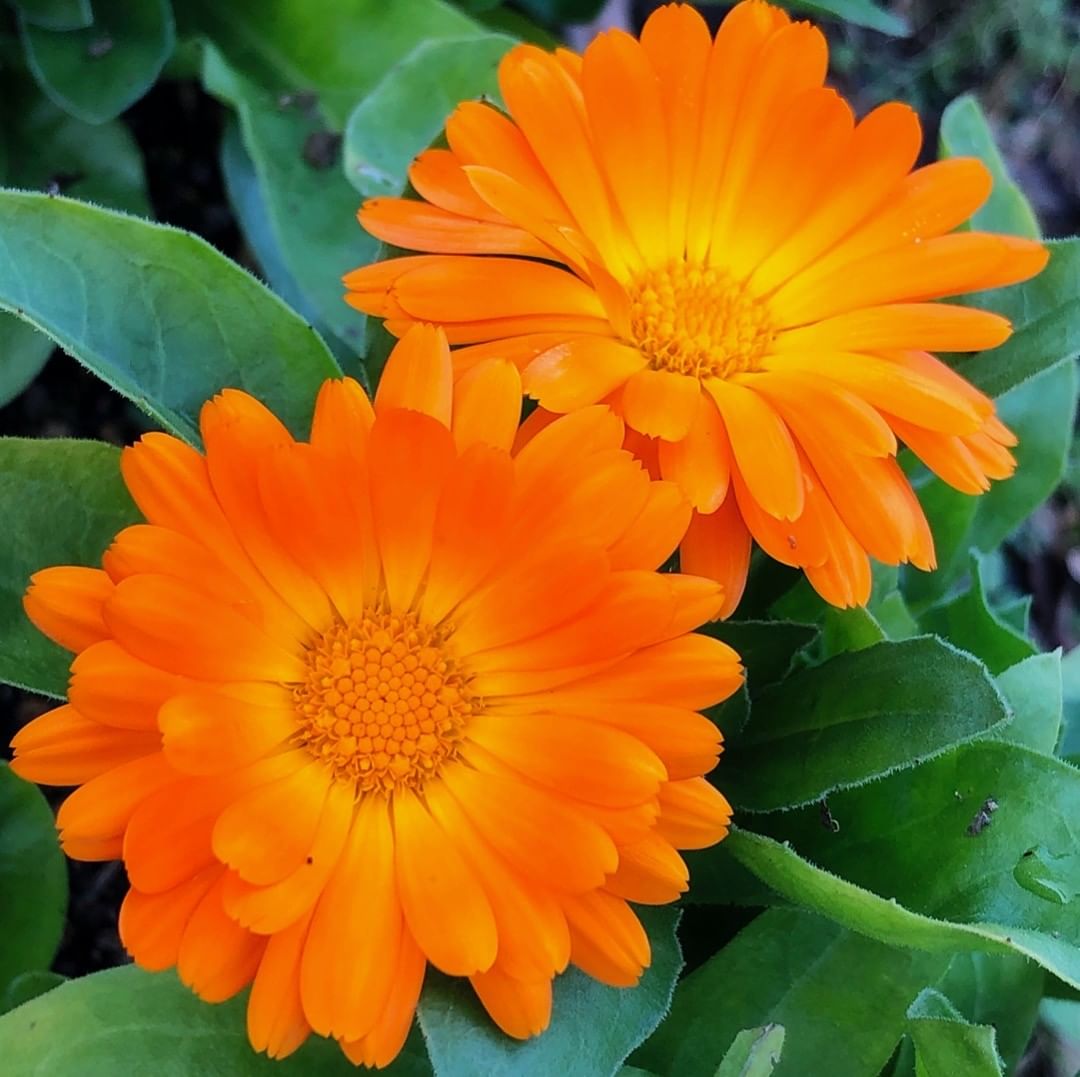
With their daisy-like blooms in yellow or orange, they bring a cheerful touch to your garden. While they’re often grown as annuals, they may self-seed and return the following year. Marigold from @ higetch5405


